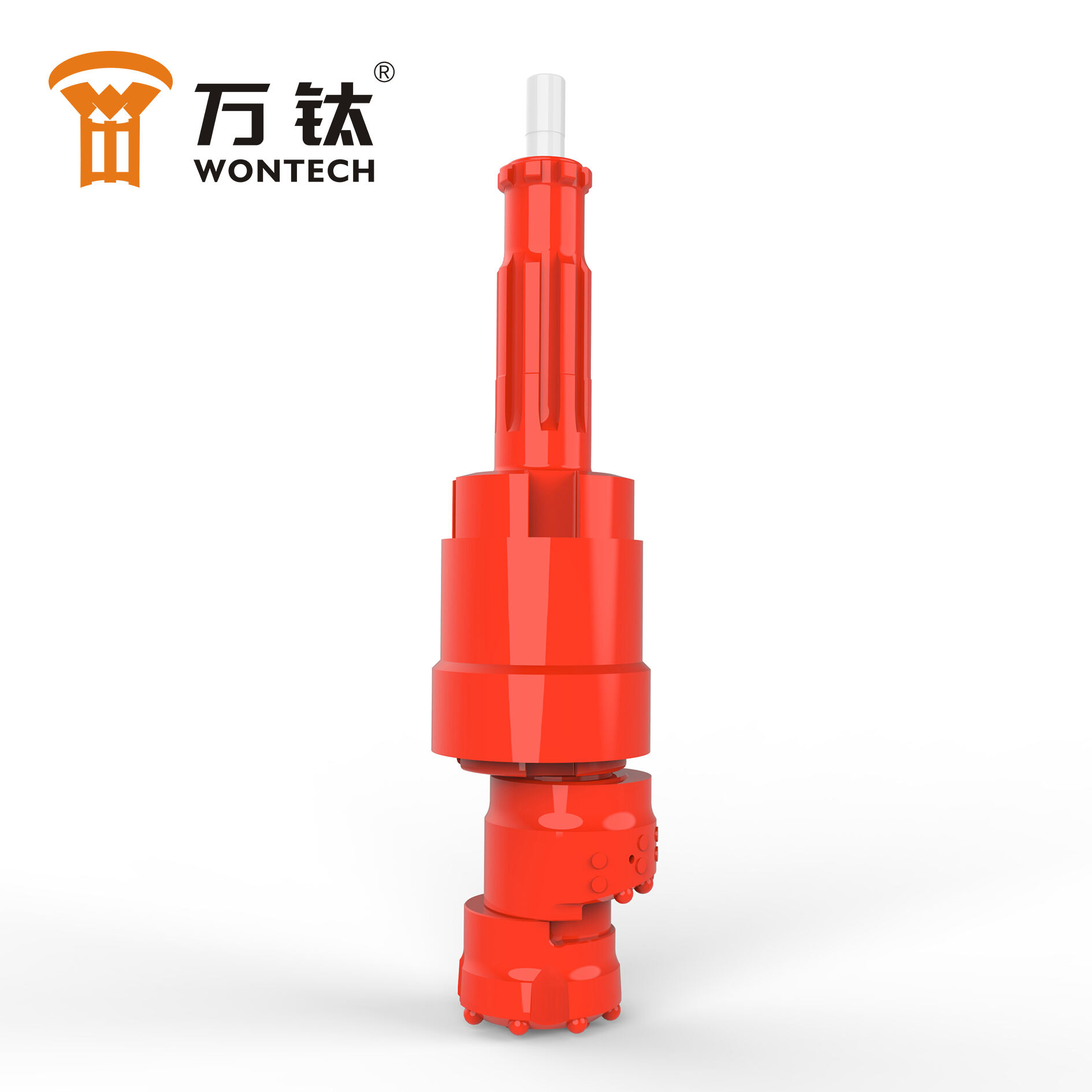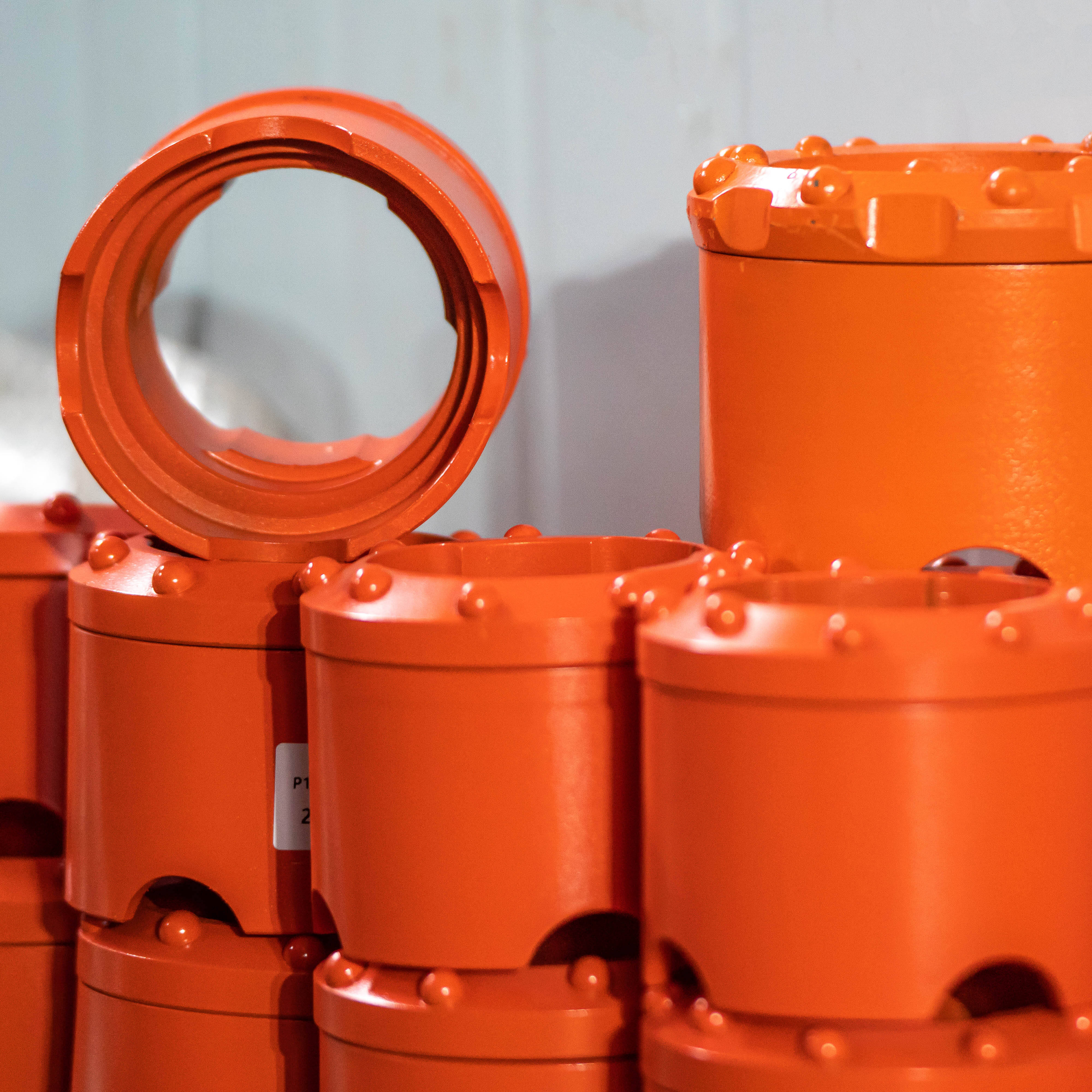Understanding the Revolutionary Impact of ODEX Drilling Technology
The drilling industry has witnessed significant technological advancements over the years, and among these innovations, the ODEX bit stands out as a game-changing tool. This specialized drilling equipment has transformed the way professionals approach challenging ground conditions and complex drilling projects. By combining innovative design features with robust engineering principles, the ODEX bit has become an indispensable asset in modern drilling operations.
For drilling professionals and project managers alike, understanding the unique characteristics of an ODEX bit is crucial for maximizing drilling efficiency and achieving optimal results. This comprehensive guide explores the essential features that make ODEX bits particularly effective in specific drilling scenarios, helping you make informed decisions about your drilling equipment selection.
Core Design Elements of ODEX Bits
Eccentric Drilling Mechanism
At the heart of the ODEX bit's effectiveness lies its eccentric drilling mechanism. This innovative design allows the bit to drill a hole larger than the follow-up casing, creating sufficient clearance for smooth casing advancement. The eccentric reamer, when activated by rotation and percussion, swings out to enlarge the pilot hole while maintaining precise control over the drilling direction.
The genius of this design becomes apparent in challenging ground conditions, where traditional drilling methods might struggle. The ODEX bit's eccentric motion ensures consistent hole enlargement while minimizing friction between the casing and the borehole wall, resulting in more efficient drilling operations.
Pilot Bit Configuration
The pilot bit component of the ODEX system plays a crucial role in its overall performance. Equipped with carbide buttons or cutting elements, the pilot bit initiates the drilling process by creating a guide hole. This initial penetration sets the stage for the eccentric reamer to perform its hole-enlarging function effectively.
The strategic positioning and design of the cutting elements ensure optimal rock fragmentation while maintaining directional stability. This careful balance between aggressive cutting action and controlled drilling is what makes the ODEX bit particularly suitable for various ground conditions.

Advanced Material Composition
High-Grade Steel Construction
The durability and performance of an ODEX bit largely depend on its material composition. Manufacturers employ high-grade steel alloys specifically chosen for their strength, wear resistance, and ability to withstand extreme drilling conditions. These materials ensure the bit maintains its structural integrity even under heavy loads and abrasive environments.
The careful selection of materials extends to every component of the ODEX bit, from the pilot bit to the eccentric reamer and connecting elements. This comprehensive approach to material engineering results in a drilling tool that delivers consistent performance while offering an extended operational lifespan.
Carbide Insert Technology
The incorporation of premium carbide inserts represents another crucial aspect of ODEX bit design. These inserts, strategically placed on both the pilot bit and eccentric reamer, provide exceptional wear resistance and cutting efficiency. The specific grade and geometry of the carbide inserts are carefully chosen to match the intended drilling conditions.
Modern ODEX bits often feature advanced carbide compositions that optimize the balance between hardness and toughness. This optimization ensures effective rock breaking capabilities while minimizing the risk of insert breakage during demanding drilling operations.
Operational Versatility and Applications
Ground Condition Adaptability
One of the most remarkable features of the ODEX bit is its adaptability to various ground conditions. From soft soils to hard rock formations, the bit's design allows it to maintain efficiency across different geological settings. This versatility makes it particularly valuable in projects where ground conditions may vary significantly along the drilling path.
The ODEX bit's ability to handle mixed ground conditions while maintaining hole stability and drilling accuracy has made it a preferred choice for challenging geotechnical projects. Its performance in unstable formations, where conventional drilling methods might face limitations, showcases the true value of its design features.
Casing Advancement Capabilities
The simultaneous drilling and casing advancement capability of the ODEX system represents a significant technological advancement in drilling operations. This feature allows for continuous hole support during drilling, preventing collapse in unstable formations and ensuring proper hole completion.
The precision-engineered clearance between the drilled hole and casing diameter facilitates smooth advancement while minimizing the energy required for the operation. This efficient use of power translates to reduced wear on equipment and lower operational costs.
Maintenance and Performance Optimization
Regular Inspection Protocols
To maintain optimal performance, ODEX bits require systematic inspection and maintenance procedures. Regular checks of critical components, including the eccentric reamer mechanism, carbide inserts, and connection points, help identify potential issues before they affect drilling operations.
Implementing a comprehensive maintenance schedule ensures the ODEX bit continues to operate at peak efficiency throughout its service life. This proactive approach to maintenance not only extends the tool's lifespan but also helps maintain consistent drilling performance.
Performance Monitoring Systems
Modern drilling operations often incorporate sophisticated monitoring systems to track the performance of ODEX bits in real-time. These systems provide valuable data about drilling parameters, allowing operators to optimize bit performance and identify potential issues before they become serious problems.
By analyzing parameters such as penetration rate, rotation speed, and percussion pressure, operators can make informed adjustments to maximize drilling efficiency while minimizing wear on the ODEX bit components.
Frequently Asked Questions
How does an ODEX bit differ from conventional drilling bits?
The ODEX bit features a unique eccentric reaming mechanism that allows for simultaneous drilling and casing advancement, unlike conventional bits that typically require separate operations for hole drilling and casing installation. This design enables more efficient drilling in unstable ground conditions while maintaining hole stability throughout the process.
What maintenance practices ensure optimal ODEX bit performance?
Regular inspection of all components, particularly the eccentric reamer mechanism and carbide inserts, is essential. Proper cleaning after each use, careful storage, and timely replacement of worn parts help maintain optimal performance and extend the bit's service life.
In what drilling conditions does an ODEX bit excel?
ODEX bits particularly excel in unstable ground conditions, mixed geological formations, and situations where simultaneous casing advancement is necessary. They prove especially valuable in projects requiring precise hole diameter control and where maintaining hole stability is crucial for successful completion.

